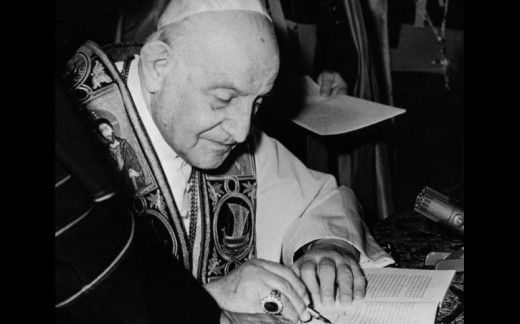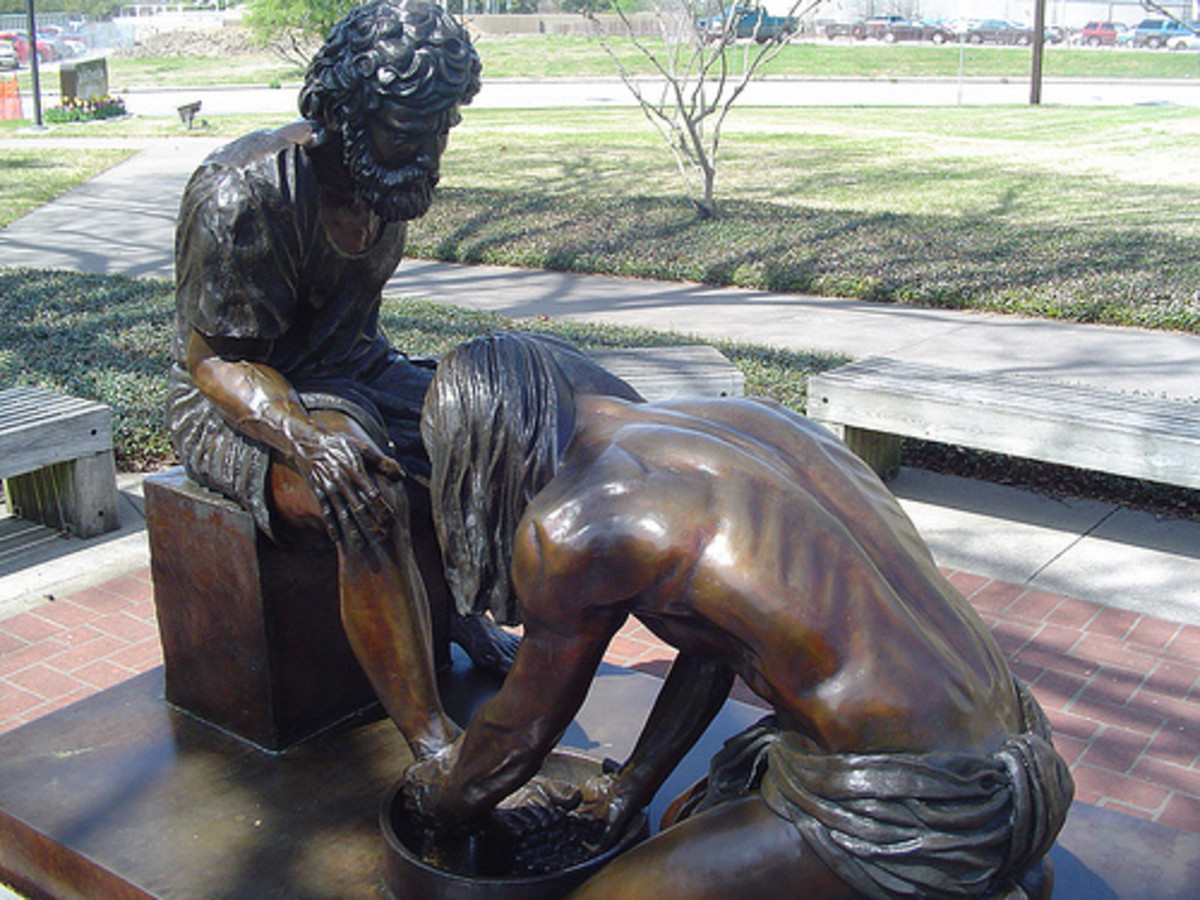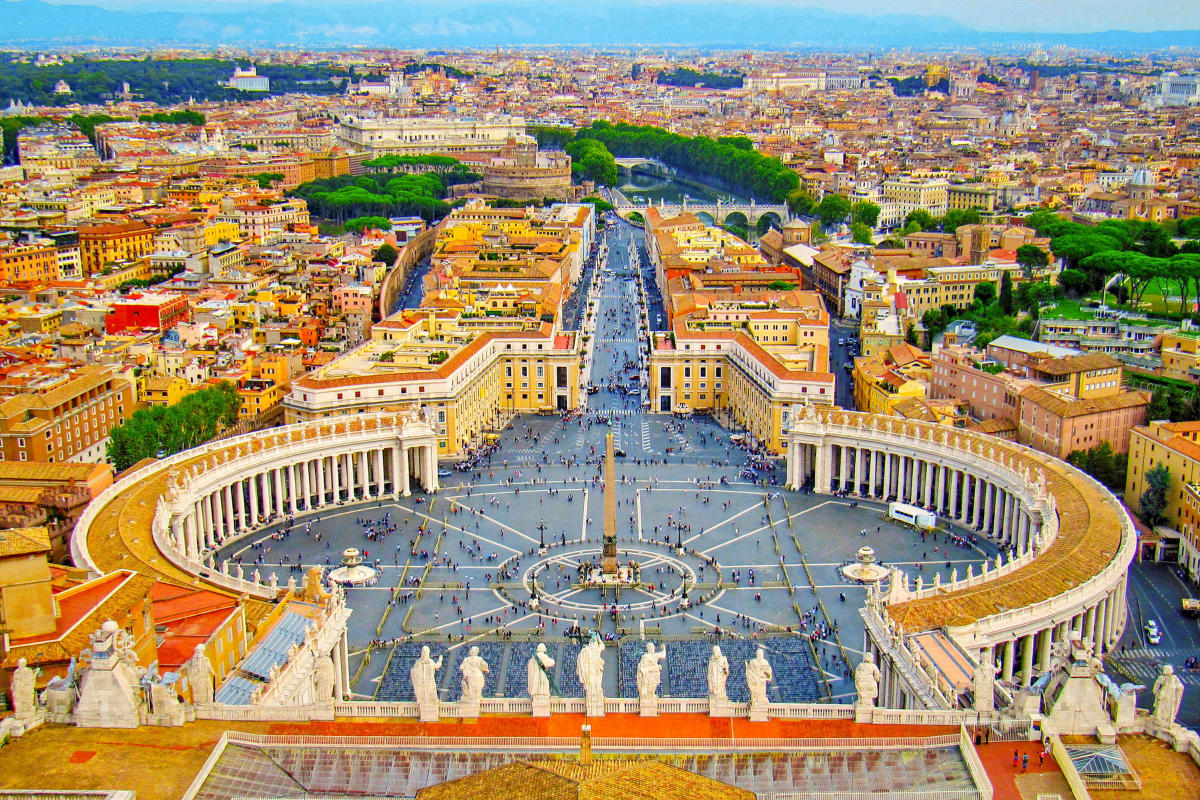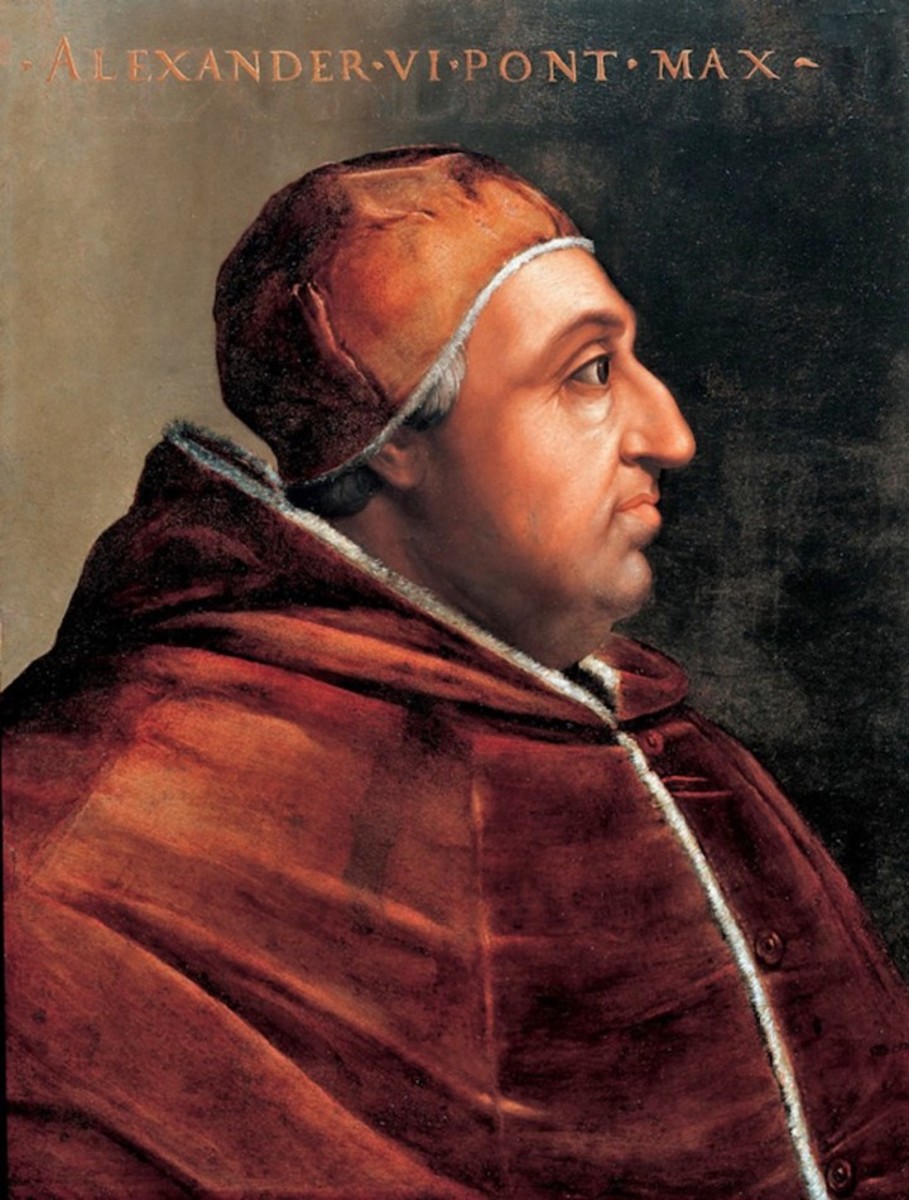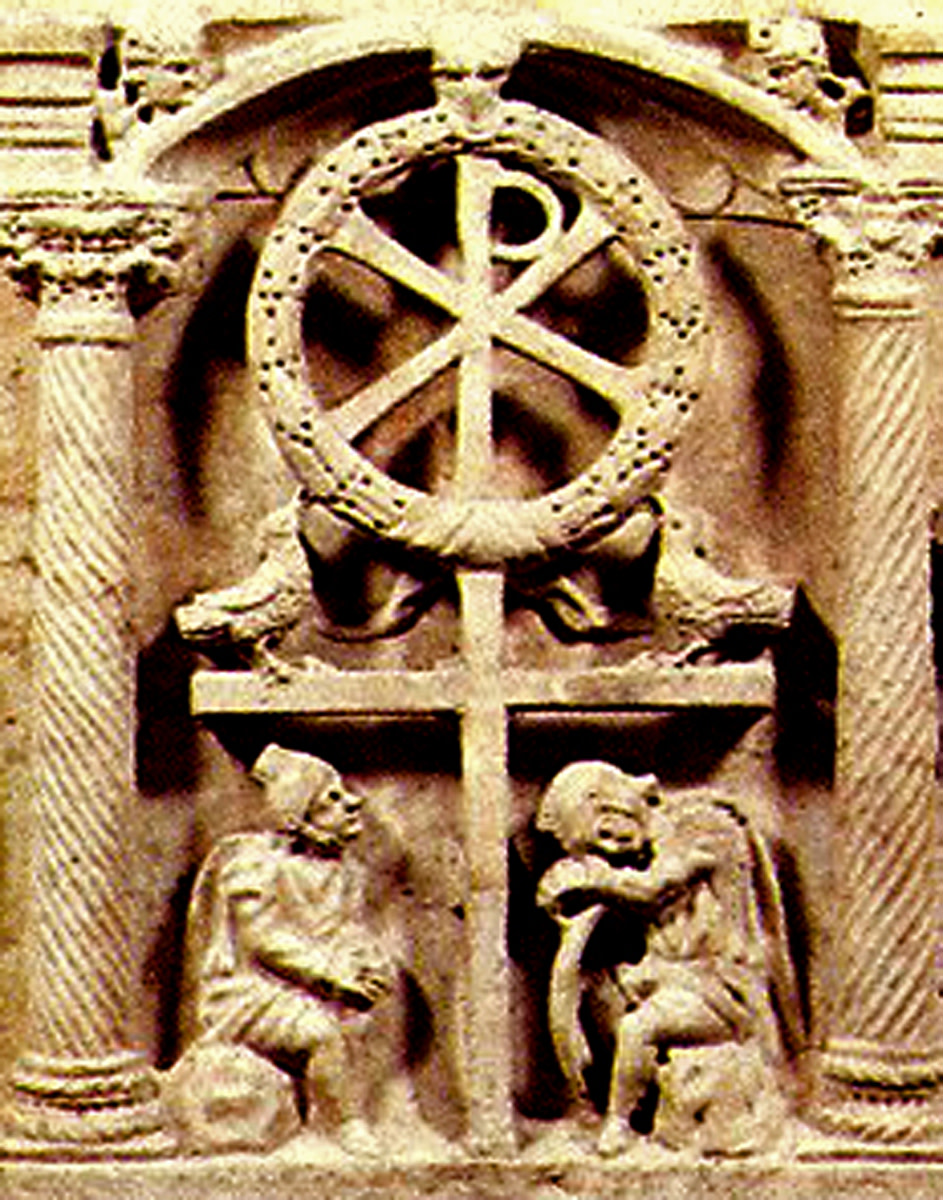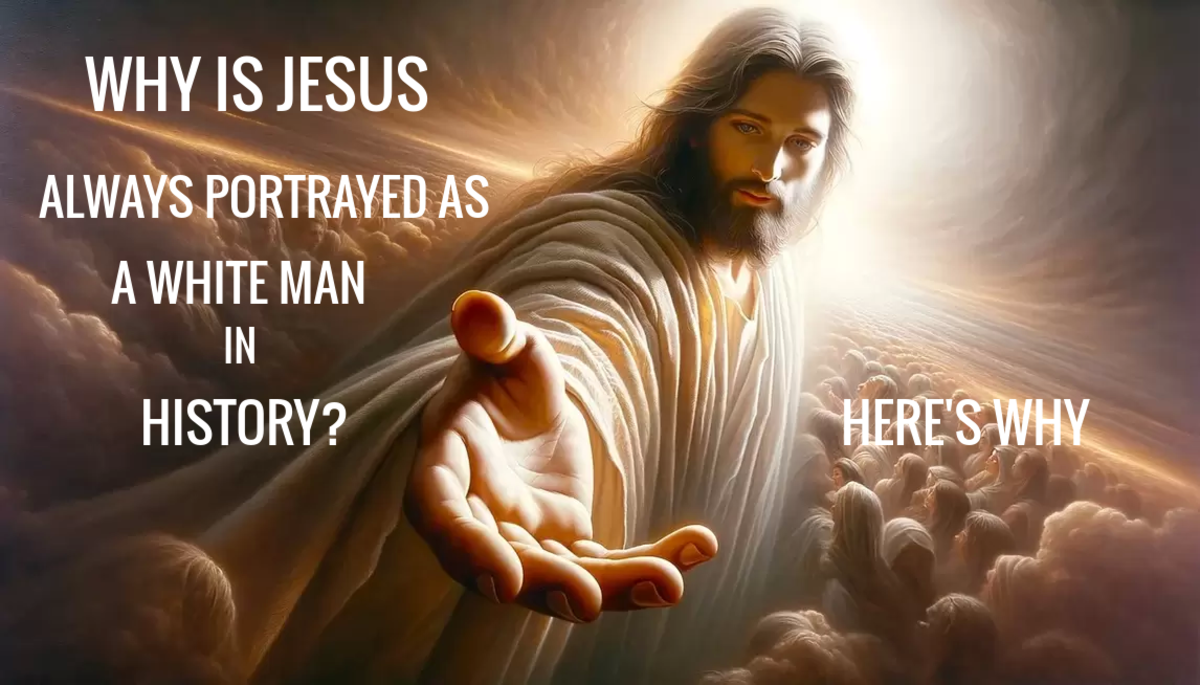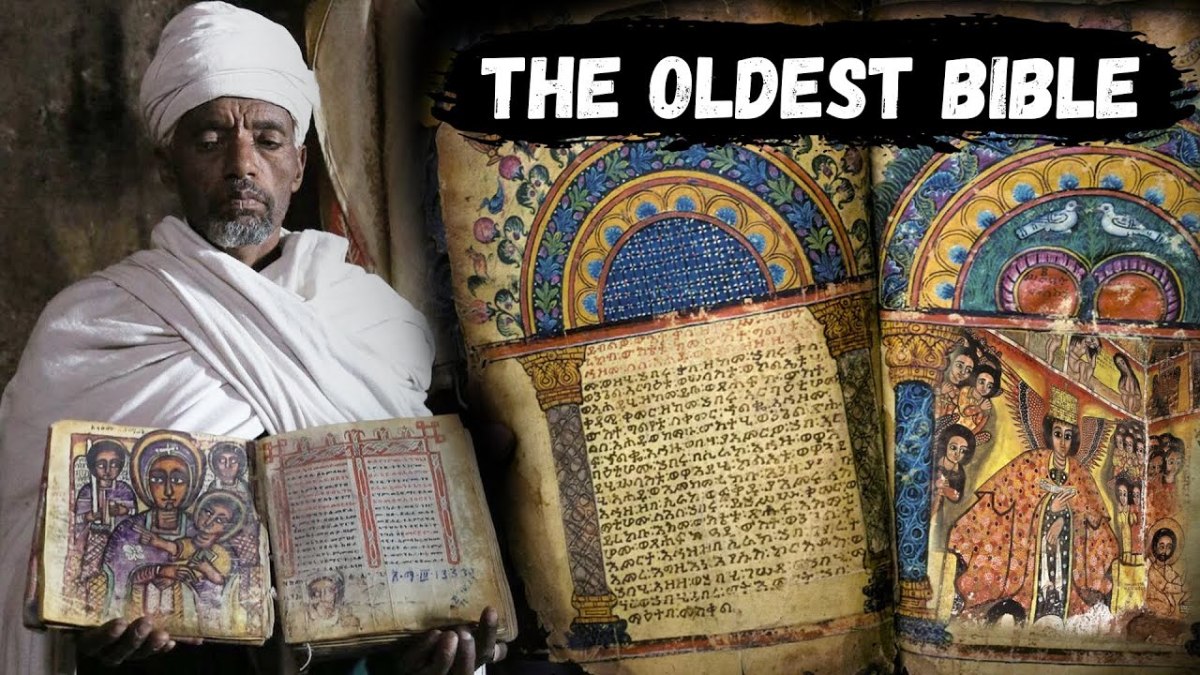A Great Reformer - Pope John XXIII
Social reform has accelerated throughout the past decades and the Catholic Church has seemingly been left behind. The greatest threats to the endurance of the Catholic Church were not addressed throughout Pope Benedict's papal residency and have hurt the church's reputation across many affairs. With the appointment of Pope Francis the Church must find a way to reform much of their social agenda in order to make themselves relevant to today's society. There was a similarly conservative agenda before Pope John XXIII was elected Pope in 1958. He was elected a caretaker pope, however, this did not stop him from implementing the greatest reforms in the church's history through his calling of the Second Vatican Council. Today, Pope Francis must enact even greater social reforms and revive the church's position amongst society in a world dominated by science and technology.
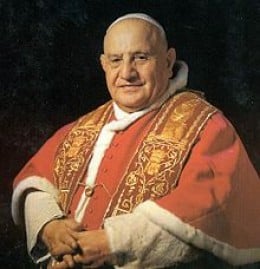
What was happening at the time of his John XXIII's election as pope?
The Catholic Church was entrenched in conservative theological beliefs where priests were ordered to vow against modernism, that is, reject technology that questioned the church’s teachings and threatened the church’s unquestioned power and authority. This was a result of increased knowledge about life and the universe where Christians were beginning to question the church and thus threatened the uniformity of the Vatican. Much of the Church’s central administration consisted of aging, Italian ultra-conservatives who, distanced from the modern world, had a vast influence and strong control on the church, and on the Pope. They were generally satisfied with the church the way it was and looked upon efforts to change it with deep hostility.
Furthermore, at the height of the Cold War, nuclear war threatened peace in the world. John XXIII was strongly opposed to Communism which is evident through his papal residency.
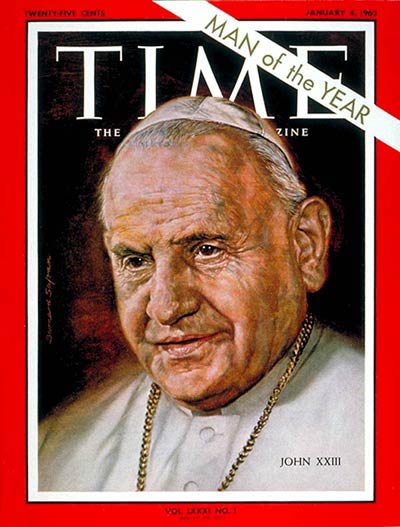
Follow me on Social Media:
- Tyler Myers (tmyerswrites) on Twitter
The latest from Tyler Myers (@tmyerswrites). - Tyler Myers Writes on Facebook
The latest from Tyler Myers Writes on Facebook
What were his contributions to the development and expression of Christianity?
John was committed to adapting the church’s stance and ideologies concerning revolutionary changes in science, economics, morals and politics that had encompassed much of the twentieth century. In doing this John’s overarching objectives as pope was to achieve aggiornamento or updating of the church to make it appropriate for the modern day. This was the main idea which is associated with Vatican II (1962-1965). He attempted to move the Catholic Church away from century old teachings and work together with science and politics. John sought to bring the church into closer touch with the modern world where there was a need for science and society to be intertwined with Catholicism. Although this challenged conservatives within the church, John believed that by embracing scientific advancements, Catholics could better understand and marvel in the Creator’s greatness.
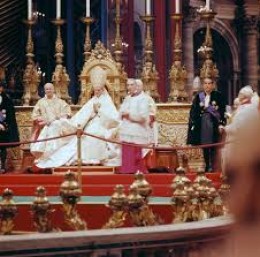
Vatican II:
Through Vatican II, John XXIII is credited with many of the reforms that made Catholicism more accessible and attractive to believers in the modern time. In achieving aggiornamento the church would become the ‘people’s church’ – more Catholic and less Roman. “Everyone said they wanted peace and harmony, unfortunately conflicts grew…What should the Church do?... Shouldn’t she stand out as a beacon of light?”
In inviting the many bishops to deliberate, John diverted authority from the conservatives and showed that the real power was held not in Rome, but rather the bishops constituted the leadership of the church. Furthermore, through Vatican II John also established a greater role for the laity within the church where it was recognized the laity formed an essential component of the church. In transforming entrenched ideas of clericalism (rigid power structure) and allowing greater lay participation in much of the mass and other rituals, including communion, the church became much more appealing for adherents and moved from century old traditions, achieving John’s aims of aggiornamento. As well as the usual translation of aggiornamento, a ‘bringing-up-to-date’, it has been said that when asked about the purpose of the proposed Council, he replied, “to let some fresh air into the Church”.
The Mass:
The first session of Vatican II saw significant changes in the ritual of the mass. These included: the priest having the ability to give mass facing his congregation, rather than having to them his back. Furthermore, the mass was to be celebrated in the local vernacular, rather than Latin. This meant that people of all races and ethnicities could actively participate in the mass and be able to understand the word of the lord, thus understanding the teachings of the church. In establishing Vatican II, John XXIII ensured these significant changes would effectively increase the appeal of Catholicism to adherents.
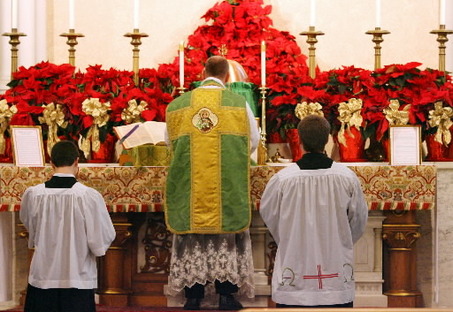
Scripture:
The church’s teachings influenced through scripture were redefined at Vatican II. Pope John spoke of the need for this ‘It is not that the Gospel has changed: it is that we have begun to understand it better... the moment has come to discern the signs of the times, to seize the opportunity and to look far ahead.’ John acknowledged that the scripture teachings must also be updated (‘aggiornamento’) to appropriately appeal to the modern day, thus fitting more appropriately with science. This was a significant contribution John made, and although at first many were confused and frightened by the changes, today there is an emphasis placed back on bible as the central part of liturgical celebrations. This ensured the church’s teachings were not lost amongst modern day interpretations.
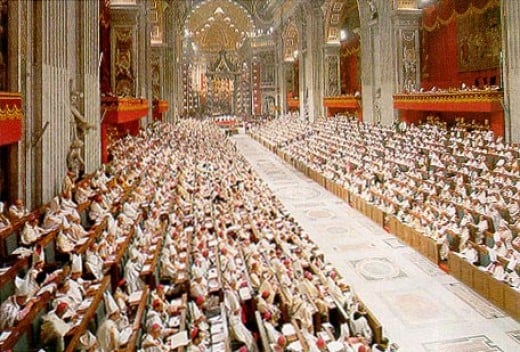
Ecumenism:
Influencing not just relations between Catholicism and Protestantism, but rather all religious traditions, John’s contribution to ecumenism heavily impacted much of the later part of the twentieth century. Everywhere he went John made a point of meeting with people of other religious traditions. While in Turkey he rescued and provided for Jews displaced by Nazi authority, and more than any other Pope, welcomed more non-Catholic rulers to the Vatican. John initiated many historic visits to the Vatican, including the first Archbishop of Canterbury since the 14th century. Through Vatican II, John influenced a change in Catholic mentality that the Church alone held the truth. In removing this idea of triumphalism, Christian variants would focus on common grounds, rather than the differences which demonstrated that the walls that divide Christianity do not reach as high as heaven. In calling the Orthodox and Protestant churches “brothers and sisters”, and encouraging dialogue between Eastern and Western Orthodox churches there are many positive relationships maintained between varying denominations through the Christian faith, creating a more loving, supportive and secure atmosphere for all Christian adherents. At Vatican II, John invited members of other faiths as ‘honoured guests’, including leading figures of Islam.
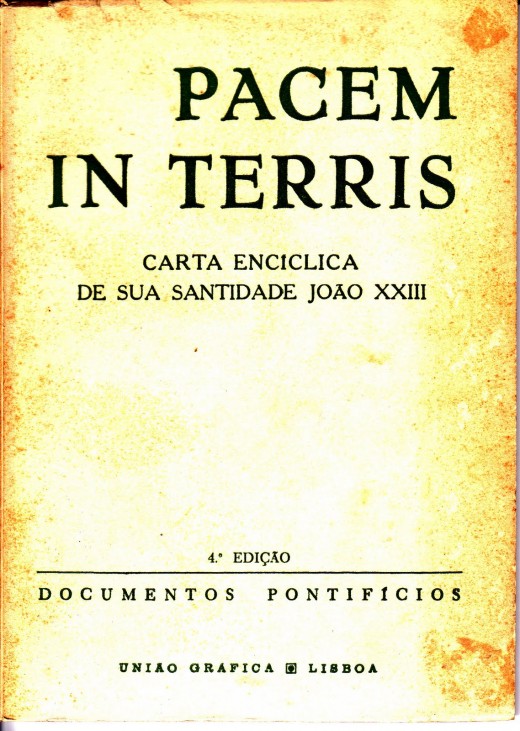
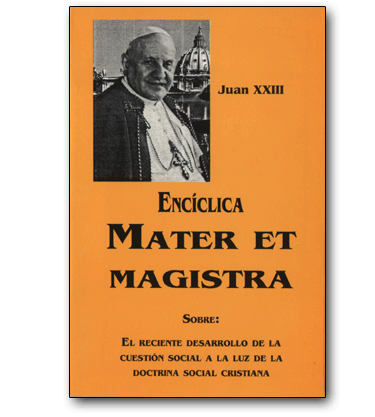
Papal Encyclicals: Pacem in Terris and Mater et Magistra are examples of how John intended to intertwine the church with politics and society.
Pacem in Terris – Pope for Peace:
John contributed not only to peace within Christianity but to peace within the world. This was significant at the height of the Cold War with the Cuban Missile Crisis threatening the world with nuclear war. John issued ‘Pacem in Terris’ (Peace on Earth), a papal encyclical where he promoted world peace “not by recourse to arms, but rather by negotiation.” Such actions of John’s were significant as saw the beginning of the church questioning governments on social issues concerning human, political, economic and religious rights. ‘Today more than ever, we are called to serve mankind as such, and not merely Catholics; to defend above all and everywhere, the rights of the human person and not merely those of the Catholic Church...’
Mater et Magistra – Christianity and Social Progress:
Written in 1961 this papal encyclical translated to English (mother and teacher) refers to the role of the church to promote human dignity. In the thirty years prior the world had changed quite considerably, both politically and economically.
- Scientific advances included atomic energy, new means of communication (radio and television), faster transportation and the beginnings of the space race.
- Social systems had changed with the breakdown of class barriers
- Lack of economic balance among countries
- Breakdown of colonialism with independence
While the church’s main goal is to care for its souls and lead them to heaven, it is also concerned with the livelihood, education and wellbeing. This is shown through Jesus’ ministry where his primary mission is to guide humankind to salvation; however, he fed the hungry and cared for worldly needs.
John saw this as a call for governments to care for the social needs of their citizens. Although John outlines the need economic progress, Mater et Magistra calls for this economic development without sacrifice to the welfare of citizens. Furthermore, in his encyclical, John outlined the need for more developed and wealthier nations to aid struggling nations in the pursuit of justice and human dignity.
“Whatever the progress in technology and economic life, there can be neither justice nor peace in the world, so long as men fail to realize how great is their dignity, for they have been created by God and are his children”
“Rather, it is necessary that economic undertaking be governed by justice and charity as the principle laws of social life”
